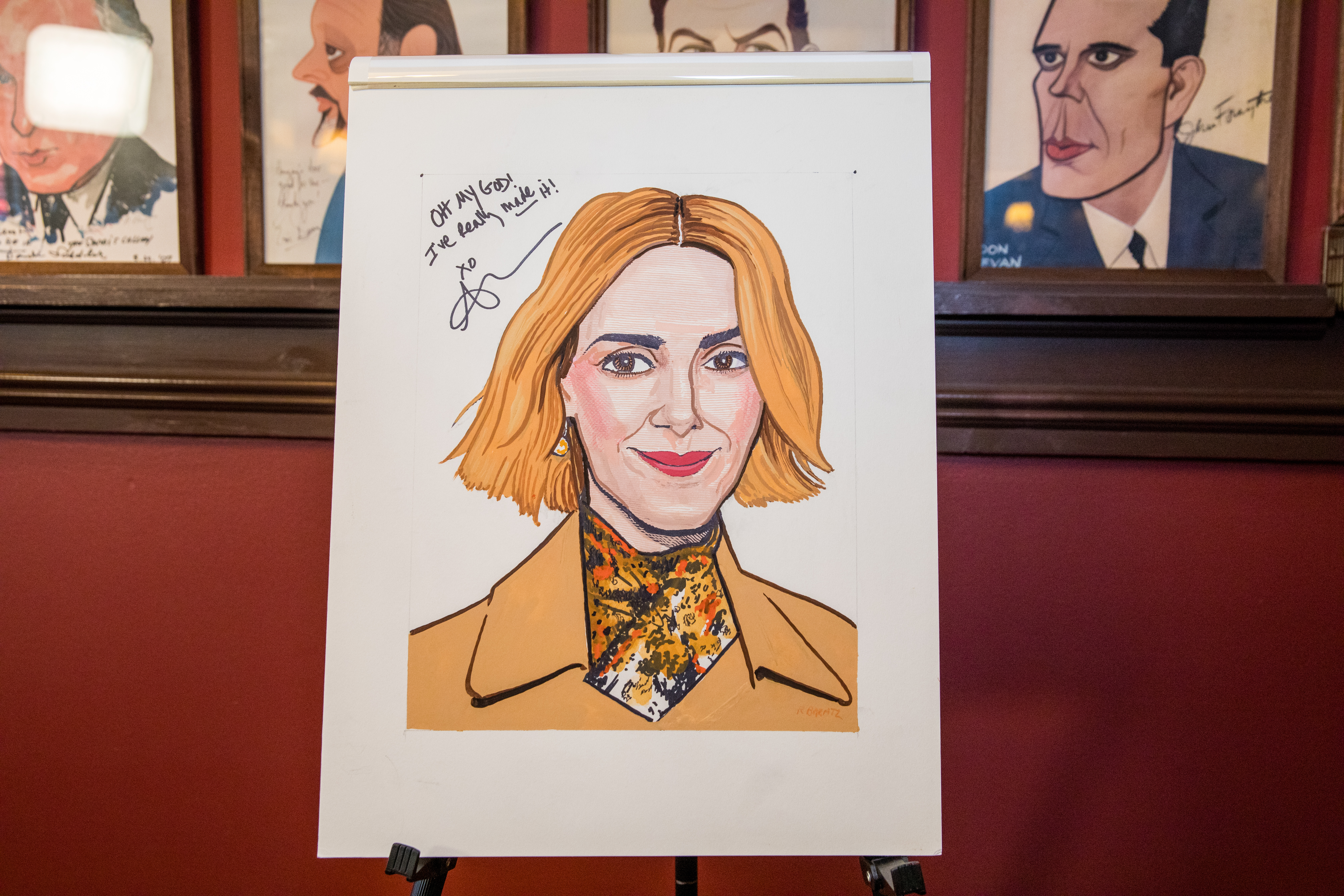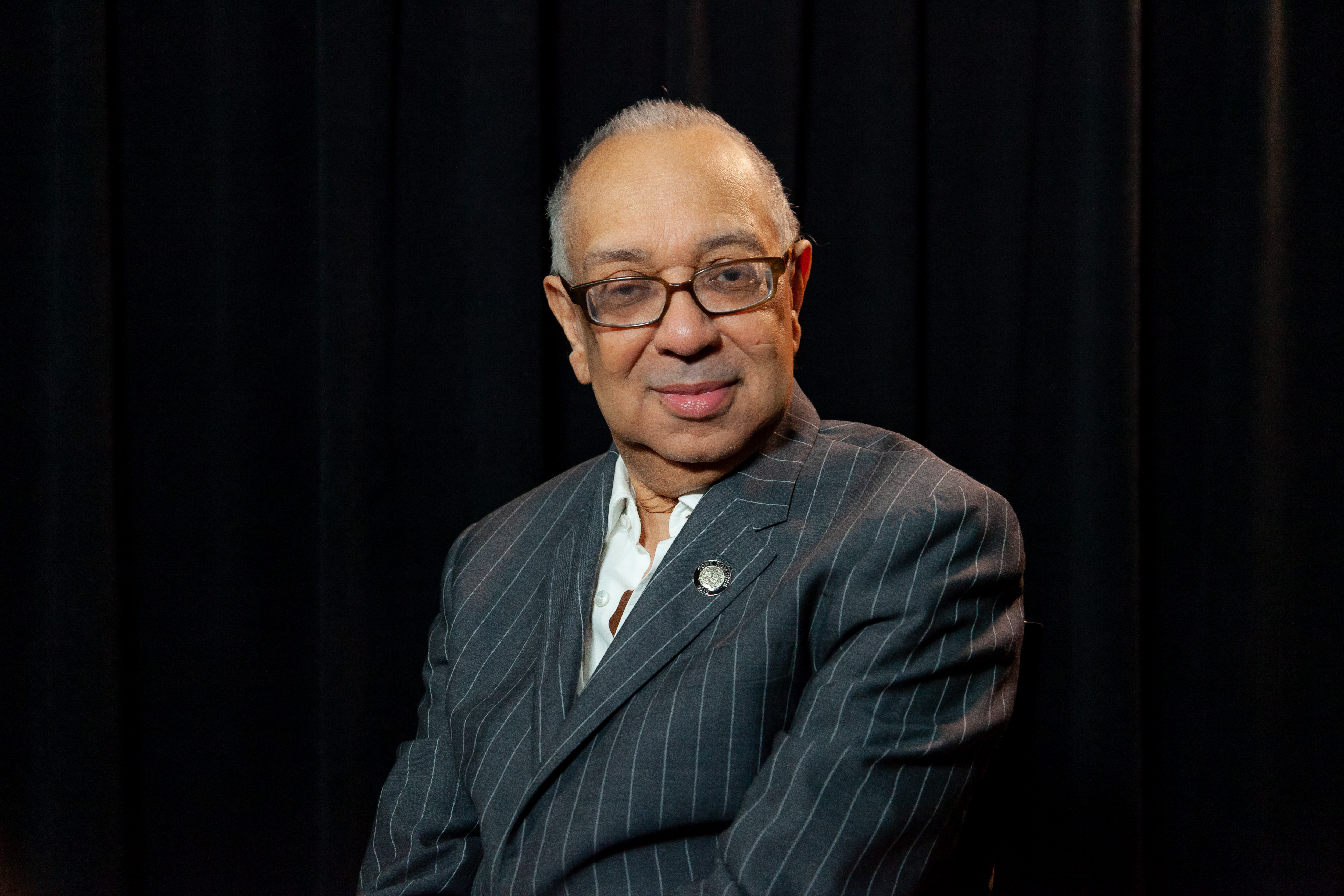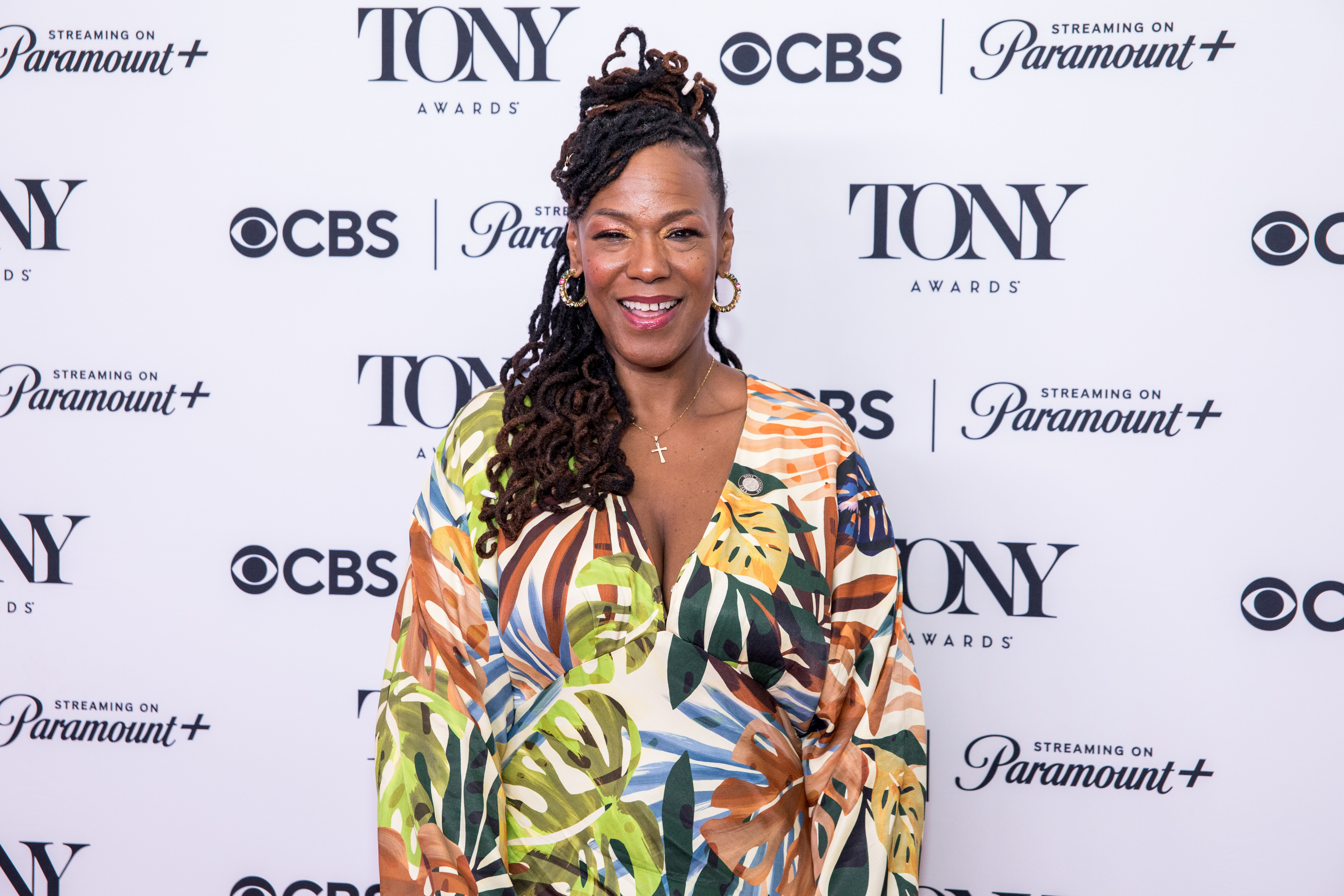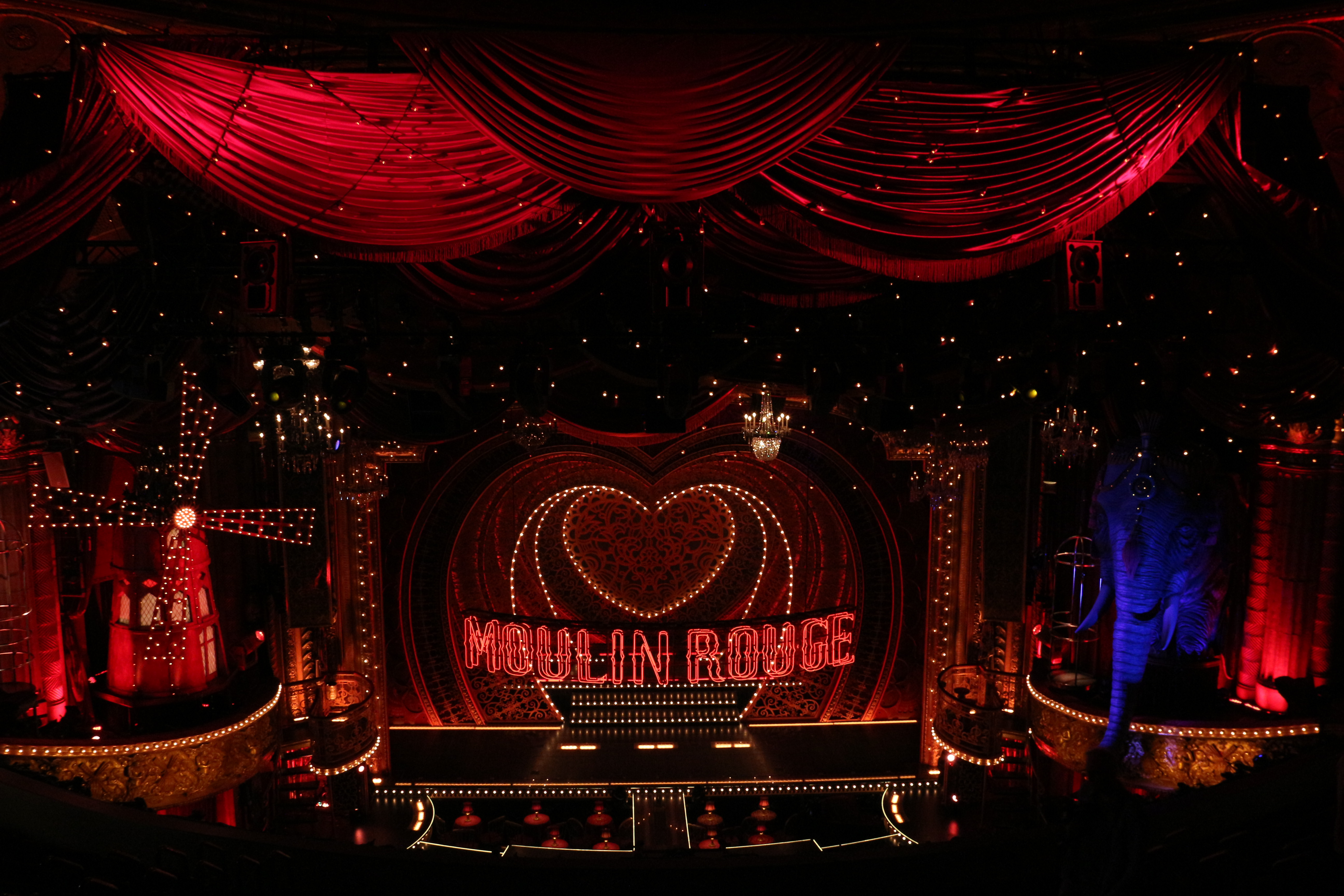A Little Journey

in A Little Journey
(© Richard Termine)
There’s still a lot of dust accumulated on Rachel Crothers’ long-forgotten, earnest melodrama,
A Little Journey, now being revived by the Mint Theater, but enough elements shine brightly in this revival, directed by Jackson Gay, to justify making the trip.
The play, which was written in 1918, is one of those sincere, philosophical explorations that throw a group of strangers from different classes and backgrounds together in close confines — such as an isolated manor house or a lifeboat — and watch them interact.
In this case, the setting is a Western-bound Pullman sleeping car, where the characters range from a couple of wealthy snobs (Laurie Birmingham, Douglas Rees) — who are not rich enough to travel in privacy — to a hapless African-American porter (Anthony L. Gaskins) who has the impossible task of trying to please everyone.
At the center of the story is Julie (Samantha Soule), a young woman who has been cast off by a wealthy aunt when the family fortune is lost. With nowhere to turn, she heads west to live with her brother’s family until she can find her footing.
While the show is full of overly contrived dialogue, there is room in there to bring in layers of human feeling, and Soule consistently does that. She infuses a white-hot passion into lines that might be more at home in Hallmark cards. The rest of the cast is less successful, mostly overplaying the artificiality that the playwright indicates, although Rees has a grounded presence in a second role as a no-nonsense conductor.
McCaleb Burnett comes closest to Soule’s level in the other central role of Jim West, a man who once hit rock-bottom but is rehabilitating himself in the wilds of Montana. Some of Burnett’s best moments are when he sits off to the side, silently taking in the cacophony around him. When he’s called on to give some of his character’s hoarier speeches, however, he’s not always able to rise above them.
Set designer Roger Hanna has a lot of fun creating a literal and metaphorical carousel that cleverly revolves as the train moves forward and as the different plot threads take turns at center stage.
Ultimately, there aren’t a lot of surprises in the play as far as who winds up with whom. But there are touching moments nevertheless underneath the sap.










